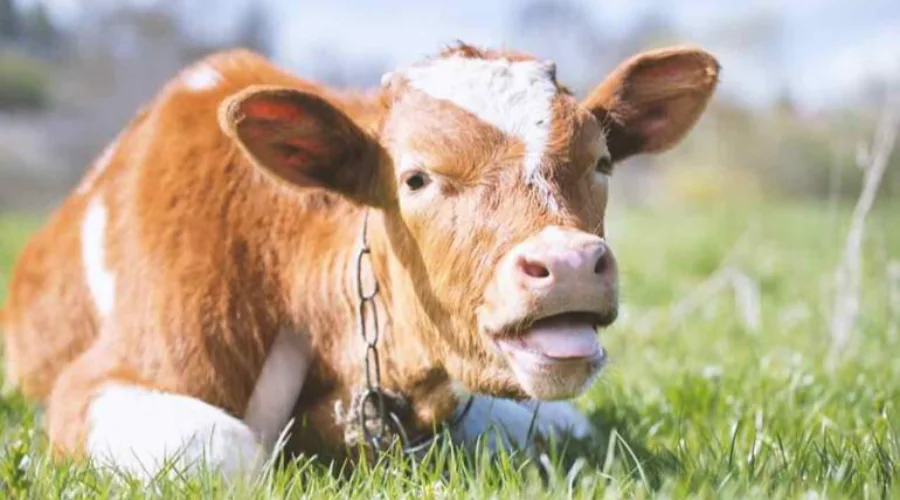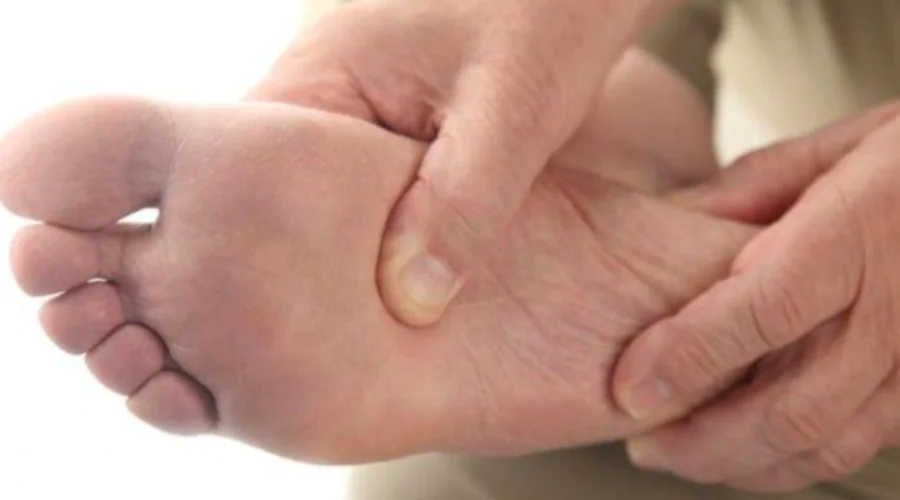
- 06 May
- 2022
Ilustrasi gambar (freepik)
Foot and Mouth Disease in Animals, Biology Lecturer at UM Surabaya; These are the Symptoms and Prevention
Cases of Foot and Mouth Disease (FMD) in livestock that have appeared in Indonesia in the last few weeks have become the subject of discussion by various groups, both the general public, intellectuals and the government. In Indonesia, FMD cases have been found in 6 regions, including 2 areas in Aceh Province and 4 areas in East Java.
Wiwi Wikanta, a Biology Lecturer at UM Surabaya, explained that Foot and Mouth Disease (FMD), which attacks split-hoofed livestock or Artiodactyla in biological terms, such as cattle, pigs, sheep, goats and other ruminants, is a severe and highly contagious livestock viral disease. The virus that causes FMD is Foot Mouth Disease Virus (FMDV) which belongs to the genus Aphthovirus and the Picornaviridae family.
According to Wiwi, the recent reappearance of FMD cases has caused concern not only for economic actors such as breeders, traders and meat processors, especially cattle, but also for consumers.
"Consumer anxiety that has arisen in the community about this FMD outbreak is there is a concern that consuming meat will impact health. This is very reasonable, because there are many livestock diseases that not only attack livestock but can also be transmitted to humans or are called zoonotic diseases,” explained Wiwi Monday (16/5/22)
In a written statement, Wiwi explained that PMK cases could be identified from the clinical symptoms seen immediately after viraemia took place, cows showed symptoms of high fever and within 12-24 hours the characteristic vesicles or blisters appeared on the tongue, snout, nostrils, mouth and feet. Excessive salivation and the cow does not seem to want to stand or has difficulty walking.
He also emphasized that Foot and Mouth Disease (FMD) in livestock is not transmitted to humans or is not a Zoonosis. This was confirmed by the opinion of BBVet Maros from surveillance results showing that antibodies which begin to develop after 5-14 days will eliminate the FMD virus in the blood and tissues, so the probability of the virus in the carcass becomes low.
"Even so, recommendations not to consume the mouth parts, legs and internal organs (offal) of livestock infected with FMDV need to be considered," he said again.
This is based on the fact that some clinical symptoms specifically indicate blisters in the form of round protrusions filled with lymph fluid on the tongue, inner lips and gums; primary blisters begin to appear 1-5 days after infection as well as sores on the feet; post mortem abnormalities presence of blisters and erosions seen in rumen, reticulum, omasum; In calves, goats, buffaloes and pigs, abnormalities in the heart are often found in the form of grayish yellow nests that have stripes.
Efforts to fend off concerns for the community with the FMD epidemic in Indonesia can be carried out systematically and sustainably through education.
Systematically, education can be carried out for all interested parties, such as the livestock community, business people, and consumers. On an ongoing basis, education is carried out in a comprehensive and tiered manner, both formal and non-formal. Educational materials may include: definition of disease, types of disease, symptoms, causes, and prevention and treatment. Thus, every time an outbreak of disease occurs, the community can understand, respond to, and act on it wisely and correctly.
"Consumers, in this case household consumers and meat business actors (homes, caterers, restaurants, and processed producers), if they have the correct knowledge and understanding of various diseases, they will not be easily influenced by false rumors (hoaxes), so there will be no unrest and panic," Wiwi explained in a written statement.
Furthermore, he added, specifically for the livestock community, education and training are needed in processing livestock manure, for example making compost and biogas. This is because FMD can be transmitted through blisters, inhalation, breast milk, direct contact with infected animals, excretions, semen and kennels.
Livestock manure, apart from potentially exacerbating FMD transmission among livestock, can also pollute the environment. Cow manure (teletong and urine) if not processed or recycled will have the potential to disturb and pollute the environment. According to research, livestock manure can produce NH3 (ammonia gas) which, when combined with dust for a long time, will cause several diseases related to the lungs and at high concentrations will reduce the resistance of livestock.
The application of environmentally friendly livestock farming technology can be carried out through the utilization of agricultural waste enriched with nutrients and the utilization of livestock manure to become organic fertilizer and biogas can increase the productivity of livestock, breeders and improve the environment.
“In the future, the livestock business must be developed in a sustainable manner so that it can provide a large and profitable income contribution continuation," he said.










(0) Comments